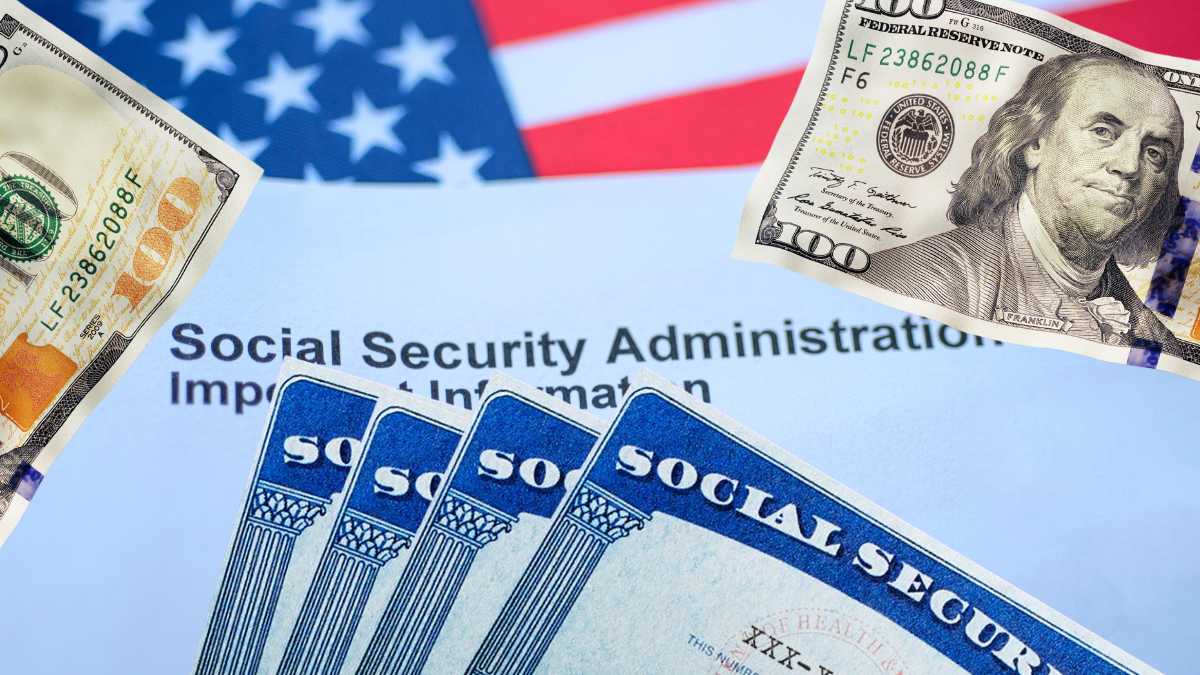Throughout 2025, the Social Security Administration (SSA) has implemented a series of particular adjustments that directly affect millions of beneficiaries across the country: From the retirement benefits to the SSI and SSDI recipients, changes concern to all of them.
From changes in monthly amounts to new requirements for identity verification, the changes reflect both the need to adapt to current economic conditions and the attempt to modernize internal processes. Let’s review the main modifications, changes and new requirements that were applied to Social Security programs in 2025.
Changes in Social Security: what you should know today
The 2025 COLA was set at 2.5%, the lowest increase in five years. This adjustment raises the average monthly benefit from 1,927 to 1,976, an increase of $49. For couples, the increase is 75 dollars, taking the amount from $3,014 to $3,089. The adjustment seeks to compensate for inflation, although its impact varies depending on individual expenses.
The COLA reduction reflects a slowdown in inflation rates after 3.2% in 2024. It affects more than 68 million beneficiaries, including retirees, survivors, and people with disabilities. Although minor, the adjustment partially maintains purchasing power in the face of rising prices in basic services such as housing and health.
Removal of WEP and GPO reductions
The Social Security Fairness Act, signed in 2025, eliminated the WEP and GPO provisions, which reduced benefits for those receiving pensions from uncovered public employment. Approximately 3.2 million people, including firefighters, teachers and police officers, benefit from average increases of $360 per month.
The retroactive increases, distributed from March 2025, vary depending on the profile: spouses receive an additional $700 and widows receive up to $1,190. Complex cases could take up to a year to process. The reform corrects historical disparities, although critics point out that it does not address the long-term solvency of the system.
Stricter Social Security: New identity verification rules
Starting in 2025, the SSA requires in-person verification to apply for cash benefits or modify deposit data if online authentication fails. The measure, focused on preventing fraud, affects 73 million beneficiaries, especially older adults with limited digital access.
The process has generated longer lines in offices. “Without an appointment, the waiting time exceeds three hours,” mentioned an anonymous official. The SSA suggests creating an account in “my Social Security” to speed up procedures, although users report technical difficulties when registering or updating information.
Office Closings and Staff Reductions at SSA
Six of SSA’s ten regional offices will close in 2025, along with the elimination of 7,000 jobs, reducing staff to 57,000 employees, the lowest level since 1975. The measure is part of a government efficiency plan, but organizations warn of risks to public attention.
Aaron Woods, his 82-year-old mother’s caregiver, said resolving an error in his Medicare coverage required multiple visits. “There are increasingly fewer staff and more online procedures,” he said. The SSA recommends using its web portal, although 20% of beneficiaries do not have stable internet access, according to Census data.
Social Security Technology Updates and Payment Disruption Risks
The migration of obsolete systems to modern languages raises concerns about possible payment failures. Jason Fichtner, a former deputy commissioner, noted that “upgrading critical infrastructure without sufficient testing could paralyze services for months.” The SSA has not detailed timelines, but confirmed that the updates are a priority for 2025-2026.
Although it improves security, the process could delay deposits or generate errors in amounts. In 2023, a minor update caused 48-hour delays in 12% of payments. The SSA assures that it will implement contingency protocols, but did not specify compensation for possible inconveniences.




